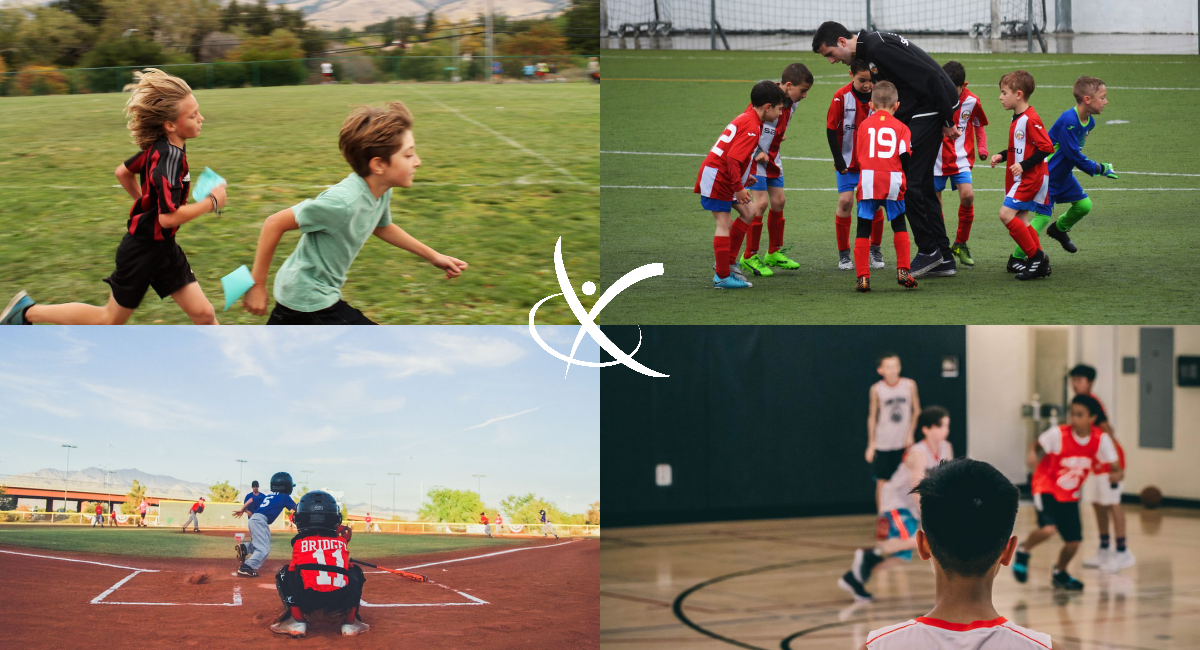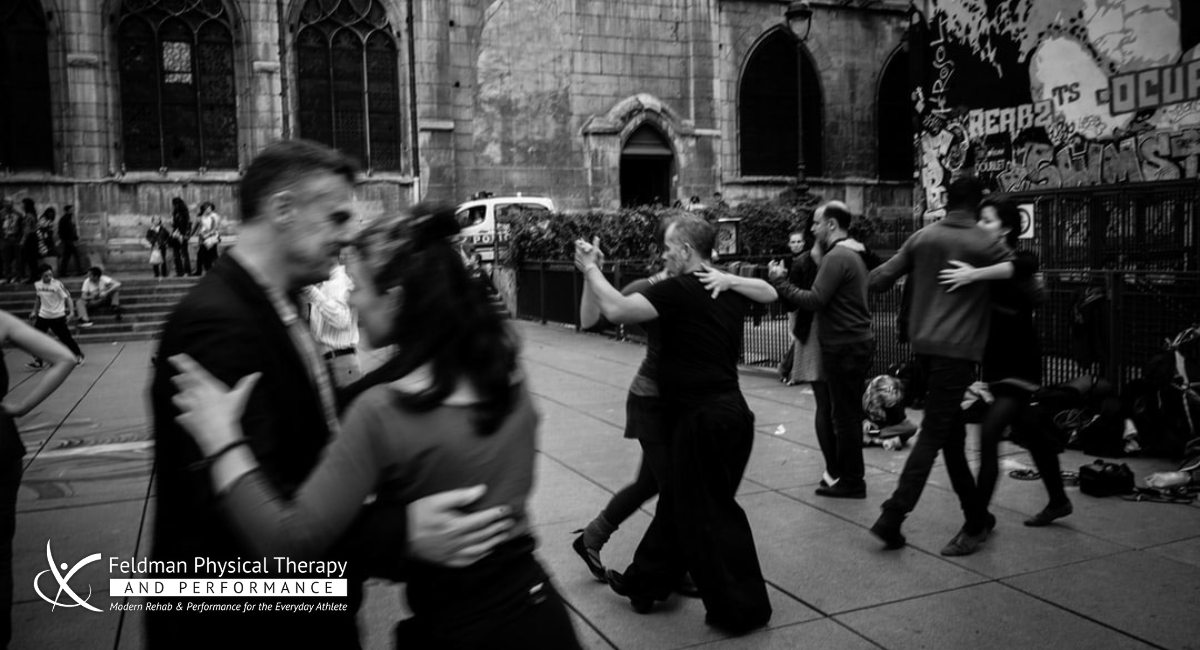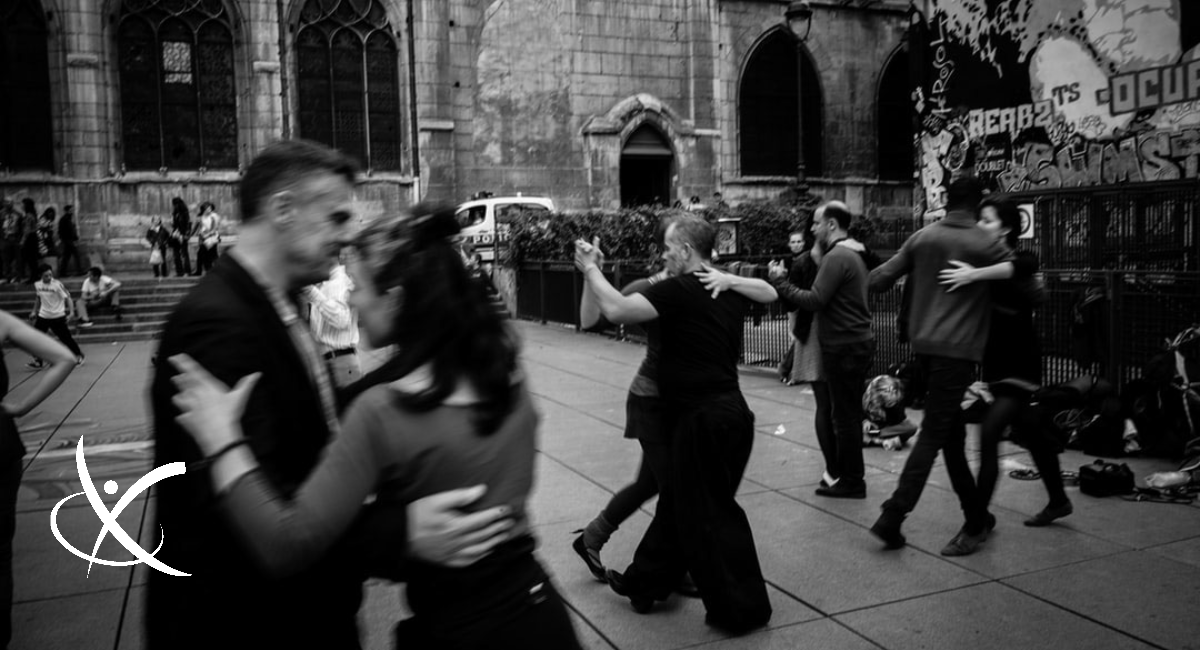
Key Activities for Raising Healthy Youth Athletes
March 5, 2020
Not Your Regularly Scheduled Blog Post
March 18, 2020Addressing Pain Early
Reminders From a Dance Injury
 Time to throw myself under the bus again and the truth is, I do it for you, the readers. With that being said, this one is pretty funny. We’ve talked a lot about tendons, and pain, and why it’s important to address issues early. I’ve also talked about why it’s important to gradually introduce activities to avoid excess stress all at once. Well, today I had to laugh but also show how it’s possible to address issues early. My issue was my shoulder, and the culprit…ballroom dancing.
Time to throw myself under the bus again and the truth is, I do it for you, the readers. With that being said, this one is pretty funny. We’ve talked a lot about tendons, and pain, and why it’s important to address issues early. I’ve also talked about why it’s important to gradually introduce activities to avoid excess stress all at once. Well, today I had to laugh but also show how it’s possible to address issues early. My issue was my shoulder, and the culprit…ballroom dancing.
Perhaps something I love almost as much as pizza is dancing and music. My wife and I used to take lessons, and we’ve recently started again with our friends down in Cold Spring. Huge shout out to Yuriy at Fred Astaire Cold Spring. If you love music and dancing, you have to check him out, they host parties every month too. Typically we stick to our favorites, but we’ve decided to try a bit more ballroom style dancing and that requires a fair amount of shoulder endurance, something I apparently don’t have. We haven’t danced in about a year, yet we’ve taken 4 lessons in the past week and its added up. During the first lesson alone I could feel my shoulder burning/fatiguing from holding it up and had to take several breaks. The second session, the same thing. The third one, which was last night, was much better, no shoulder issues at all. But fast forward to this morning, and man it was on fire when I woke up. I had to retrace my steps for a bit and then it hit me.
It started out as stiffness and soreness and quickly progressed to more specific sharp pain as I got my day started. I would say a legitimate 6/10 pain with motion. I couldn’t help but laugh. What was even funnier was when my wife texted to ask how my feet felt because hers were sore. But I had to tell her my less-than-glamorous ailment. I isolated it to one of my rotator cuff structures and quickly came up with a plan of attack. Because it was my tendon, I knew I had to start loading it immediately. I give the advice so often that it was a no-brainer. And this is where most people go wrong, they want to protect the area and “rest” it until the pain subsides on its own, or facilitate with NSAIDs. That really only works under specific circumstances and this was not one of them. Tendons need to be loaded early, and often.
As soon as I put the pieces of the puzzle together, including the mechanism of injury, it was easy to see there was no actual inflammation. Instead, it was a sensitized tendon and I had not lost motion. I had performed a low-level repetitive motion that irritated one of the tendons that helps keep my arm in that position. It was not likely that there was a tear based on what I knew and instead the plan was immediate loading with specific resistance exercises. And the goal was improving tolerance of that tendon to a progressive resistance/load. I did this with very light weights and specific shoulder exercises including static holds, tempo arm raises, and rotational work. Then I progressed to heavier weights. I started with some in the morning, and then some in the afternoon. There was no measurable change from the first set, but by 3 pm my pain levels had decreased to about a 3/10, and after the third set pain had almost disappeared entirely. Now I would say I’m confidently a low 1/10 as I type this and we had our fourth lesson tonight, without incident. I did not have any pushback from my shoulder, but I also limited how much I lifted and held it out to the side just to be safe. Bottom line, no more pain.
So the take-home is what we have been saying for a long time, don’t wait for the pain to go away on its own. Address these things heads on. Injuries pop up for many reasons, and some of them are more glamorous than others. This time I wasn’t saving puppies from a burning building, but my body didn’t know the difference. Pain is pain, and oftentimes it is beneficial to start progressive loading strategies earlier rather than later. There is an opportunistic window of time after acute injuries that can make all the difference. I was fortunate to be able to diagnose myself and rule out serious injury or an actual inflammatory response, and that is a must before moving on to choosing a treatment strategy. It was refreshing for me to problem solve it, and we love to help people get the same results as often as possible. I hope you enjoyed my little anecdote. Not that I needed to give away any more ammo against myself, but hey, at least I can dance. #stillgotit
Enjoy the music!





